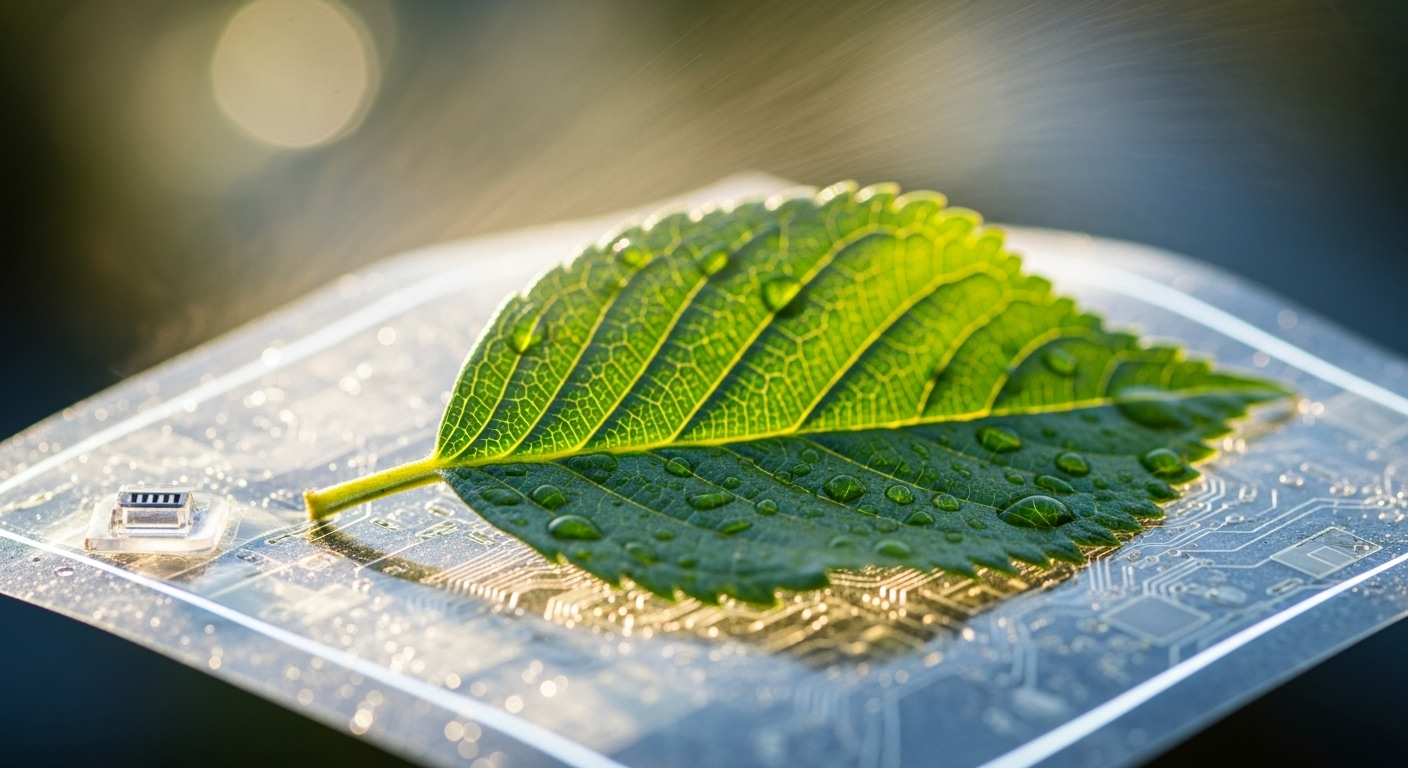"Marching Towards a Wireless World: The Untapped Potential of Energy Harvesting"
As we delve into an increasingly wireless world, energy harvesting emerges as a promising solution to the menace of dying batteries in portable electronics. This technology, often overlooked, harnesses power from ambient sources, offering a sustainable and efficient energy supply. Let's dive into the past, present, and future of energy harvesting and discuss its potential impact on the electronics industry.

A Glimpse into the Past: Energy Harvesting’s Roots
Energy harvesting isn’t a new concept; it’s been around for centuries. However, it’s only recently that technology advancements have tapped its potential for use in electronics. Traditional energy harvesting sources include windmills and water wheels, but the concept has evolved significantly over the years. The 20th century saw the advent of thermoelectrics and piezoelectric materials, opening new avenues for energy harvesting. However, it wasn’t until the 21st century that the technology started gaining traction in the electronics sector.
Present Scenario: Energy Harvesting in Electronics
Today, energy harvesting technology is being integrated into various electronic devices, from wearable fitness trackers to wireless sensor networks. This technology can harness energy from different environmental sources such as light, heat, and motion, reducing the dependence on traditional batteries.
For instance, Seiko’s Astron watch, launched in 2012, uses solar energy harvesting to power its functions. More recently, in 2020, researchers at the University of California San Diego developed a wearable device that uses sweat to generate power. These developments show the vast potential of energy harvesting in transforming our everyday electronics.
Future Prospects: The Potential Impact on the Market
The global market for energy harvesting systems is predicted to hit $700 million by 2025, according to Market Research Future. As we advance towards a more sustainable future, the demand for such systems in electronics is likely to skyrocket.
Energy harvesting technology could redefine the battery landscape, minimizing the need for frequent charging or battery replacement. It could also enable the development of new wearable devices and IoT applications that are not feasible today due to energy constraints.
Challenges and Concerns: Roadblocks on the Path
Despite its potential, energy harvesting technology faces several hurdles. The current energy harvesting systems are not efficient enough to replace traditional batteries in high-power devices. Moreover, the cost of implementing these systems is still relatively high. These challenges need to be addressed before energy harvesting can become mainstream in the electronics industry.
Wrapping Up: A Step Towards a Wireless Future
Energy harvesting holds the potential to revolutionize the electronics industry by providing a sustainable and efficient power source. As we march towards a wireless world, this technology could play a pivotal role in shaping our future. However, significant research and development efforts are needed to overcome the existing challenges and unlock the full potential of this technology.
In a nutshell, energy harvesting is a fascinating field that offers a glimpse into the future of electronics. While we are still at the dawn of this technology, the prospects look promising, and the journey ahead seems exciting.






